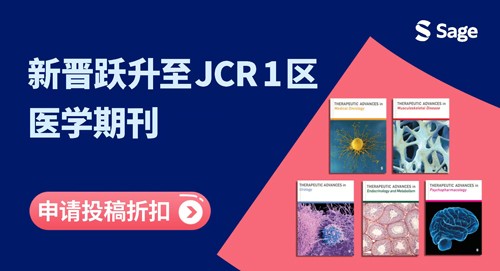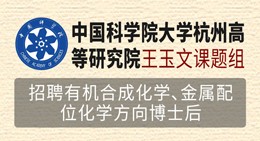当前位置:
X-MOL 学术
›
Behav. Disord.
›
论文详情
Our official English website, www.x-mol.net, welcomes your
feedback! (Note: you will need to create a separate account there.)
A Reanalysis: SRSS-IE Internalizing Cut Scores to Support Data-Informed Decision-Making in Secondary Schools
Behavioral Disorders ( IF 1.6 ) Pub Date : 2025-07-11 , DOI: 10.1177/01987429251349127 Kathleen Lynne Lane, Katie Scarlett Lane Pelton, Nathan Allen Lane, Wendy Peia Oakes, Mark Matthew Buckman, Kandace Fleming, Rebecca E. Swinburne Romine, Emily D. Cantwell
Behavioral Disorders ( IF 1.6 ) Pub Date : 2025-07-11 , DOI: 10.1177/01987429251349127 Kathleen Lynne Lane, Katie Scarlett Lane Pelton, Nathan Allen Lane, Wendy Peia Oakes, Mark Matthew Buckman, Kandace Fleming, Rebecca E. Swinburne Romine, Emily D. Cantwell
We report results from this psychometric study, examining convergent validity between internalizing subscale (SRSS-I4) scores from the revised version of the teacher-completed Student Risk Screening Scale for Internalizing and Externalizing behavior (SRSS-IE 9) and the internalizing subscale from the Teacher Report Form (TRF). Using the sample of nine middle and high schools across two Midwestern states with 227 sixth- through twelfth-grade students, we replicated the data analytic plan used to determine initial cutting scores for use in secondary schools. Results from logistic regression and receiver operator characteristic curves suggested the following preliminary SRSS-I4 risk categories for secondary students: 0 to 2 low, 3 moderate, and 4 to 12 high risk for internalizing behavior patterns relative to the TRF internalizing subscale score. We intended to conduct subsequent analysis to address the nested nature of the data. However, 43.70% of teachers rated only one student on the TRF, resulting in there not being enough observations per classroom estimate a meaningful and accurate random slope in many cases. We discuss limitations and directions for future research, encouraging replication before shifting screening practices in middle and high schools.
中文翻译:

A 再分析:SRSS-IE 内化分数线以支持中学的数据知情决策
我们报告了这项心理测量研究的结果,检查了教师完成的内化和外化行为学生风险筛查量表 (SRSS-IE 4) 修订版的内化分量表 (SRSS-I9) 分数与教师报告表 (TRF) 中的内化分量表之间的收敛效度。使用中西部两个州的 9 所初中和高中 227 名六年级至十二年级学生的样本,我们复制了用于确定初中分数的数据分析计划。logistic 回归和接受者作员特征曲线的结果表明,中学生的以下初步 SRSS-I4 风险类别:相对于 TRF 内化子量表分数,内化行为模式的风险为 0 至 2 分,3 分中度和 4 至 12 分高风险。我们打算进行后续分析以解决数据的嵌套性质。然而,43.70% 的教师在 TRF 上只对一名学生进行了评分,导致在许多情况下,每个教室没有足够的观察来估计有意义和准确的随机斜率。我们讨论了未来研究的局限性和方向,鼓励在改变初中和高中筛查实践之前进行复制。
更新日期:2025-07-11
中文翻译:

A 再分析:SRSS-IE 内化分数线以支持中学的数据知情决策
我们报告了这项心理测量研究的结果,检查了教师完成的内化和外化行为学生风险筛查量表 (SRSS-IE 4) 修订版的内化分量表 (SRSS-I9) 分数与教师报告表 (TRF) 中的内化分量表之间的收敛效度。使用中西部两个州的 9 所初中和高中 227 名六年级至十二年级学生的样本,我们复制了用于确定初中分数的数据分析计划。logistic 回归和接受者作员特征曲线的结果表明,中学生的以下初步 SRSS-I4 风险类别:相对于 TRF 内化子量表分数,内化行为模式的风险为 0 至 2 分,3 分中度和 4 至 12 分高风险。我们打算进行后续分析以解决数据的嵌套性质。然而,43.70% 的教师在 TRF 上只对一名学生进行了评分,导致在许多情况下,每个教室没有足够的观察来估计有意义和准确的随机斜率。我们讨论了未来研究的局限性和方向,鼓励在改变初中和高中筛查实践之前进行复制。






























































 京公网安备 11010802027423号
京公网安备 11010802027423号